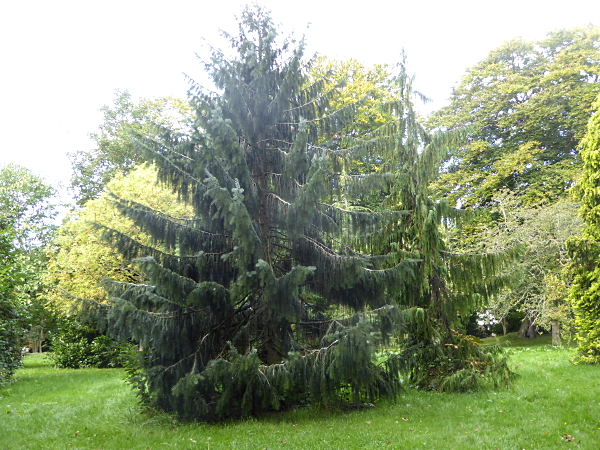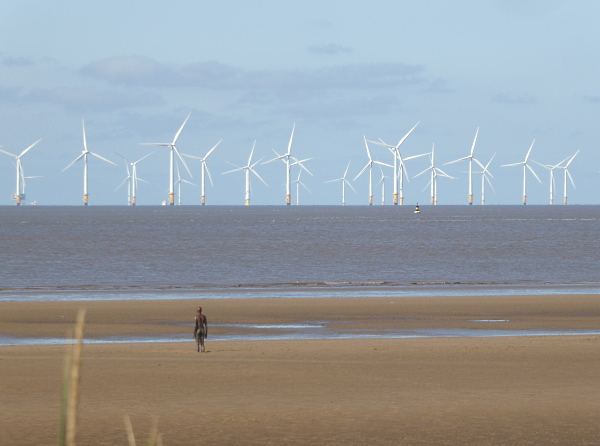
In view of the impending new restrictions, where use of public transport is discouraged, the group didn’t meet this week, and I walked locally instead: through Victoria Park and all four Crosby seafront gardens, and came back northwards along the beach.
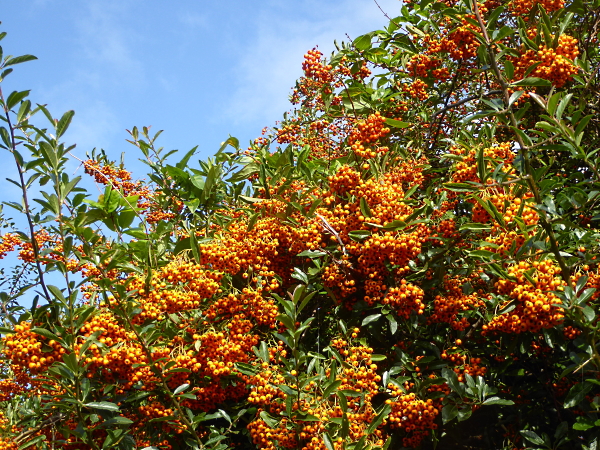
The glory of Victoria Park at this season is the orange berries of Pyracantha, a shrub also known as firethorn, and you can see why. Each patch was full of the cheeps of House Sparrows. It was still and quiet in mid-morning, and several Grey Squirrels were larking about. There have been sightings of Red Squirrels here recently, but I didn’t see any. The Magpies and Wood Pigeons were loafing about, one Blackbird was flicking through fallen leaves and another was listening for worms under the dewy grass.
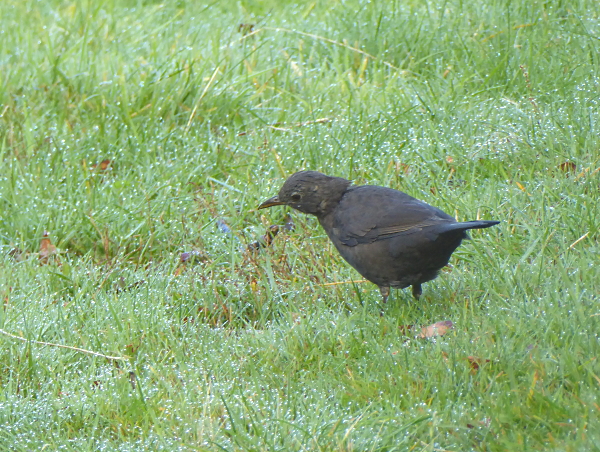
The park’s wildflower meadow has now gone over, showing just clumps of Michaelmas Daisies and a few Evening Primroses and late Buttercups. It has been a good year for Crab Apples, with some garden trees heavy with them.
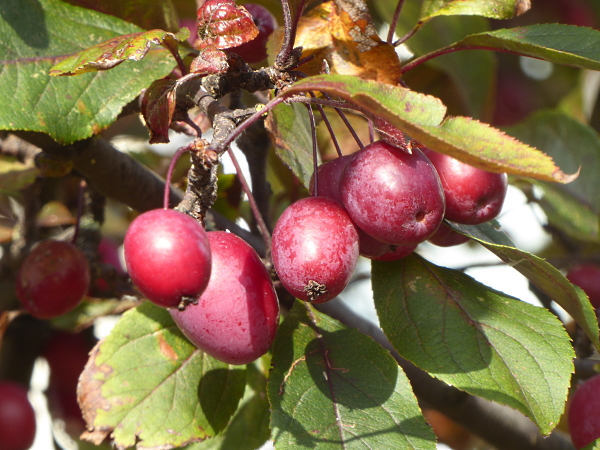
The four seafront gardens were also quiet. Some autumn flowers were still blooming, including more Evening Primrose, Yarrow, Dandelions, Hawkweed, Red Valerian, late flowers of Bramble and a single Poppy in a sheltered corner. Masses of Ivy are still in bud, and the Snowberry was putting out its last flowers.
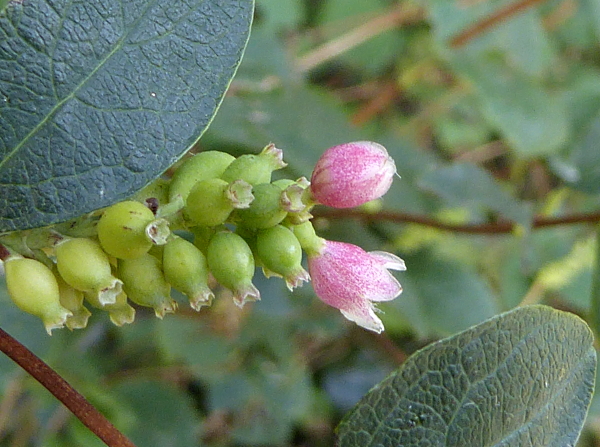
There were dozens of Black-headed Gulls and young Herring Gulls on the Marine Lake, and some Mute Swans hanging around the edge. A further dozen or more Mute Swans were on the Boating Lake, with the usual Coots, Mallards and Canada Geese. Less common regulars were a couple of dozen Tufted Duck and two or three Lesser Black-backed Gulls. The local pair of escaped Black Swans had been reported here in the week, but they seem to have decamped back to Southport. On the approaches to the beach cute new signs have been fixed up, exhorting people not to leave litter.
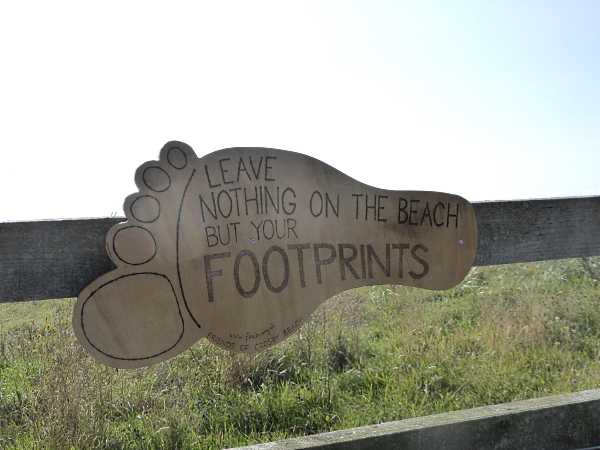
In the bare sand on the dune edges were some specialist plants, including Sea Holly and Sea Rocket.
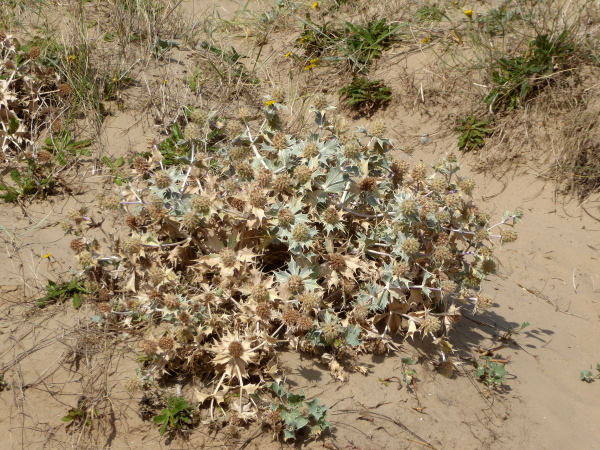
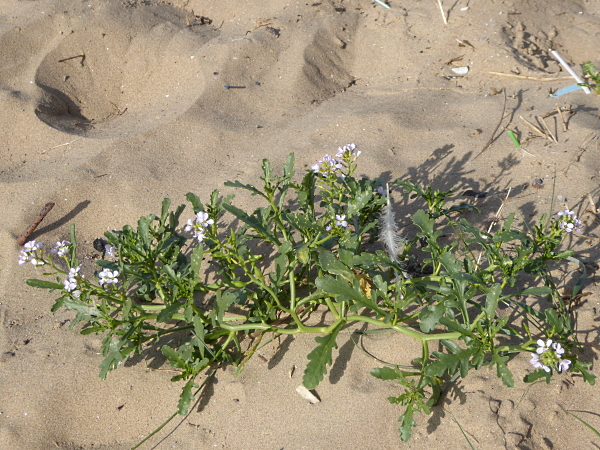
A skein of Canada Geese flew over, and a flock of a hundred or more Knot or Dunlin flew south in a shape-shifting group. I made a foray into the older dunes to see one of Britain’s rarest plants, the Dune Wormwood, known from only two sites in Britain – here and on another beach in South Wales. Last year cuttings from the Crosby clump were transplanted to other local sites, just in case some disaster befalls this original spot. Dune Wormwood flowers in September, but it isn’t much too look at, with a few tiny yellow petals poking out from a cluster of succulent sepals. This is about as good as it gets.
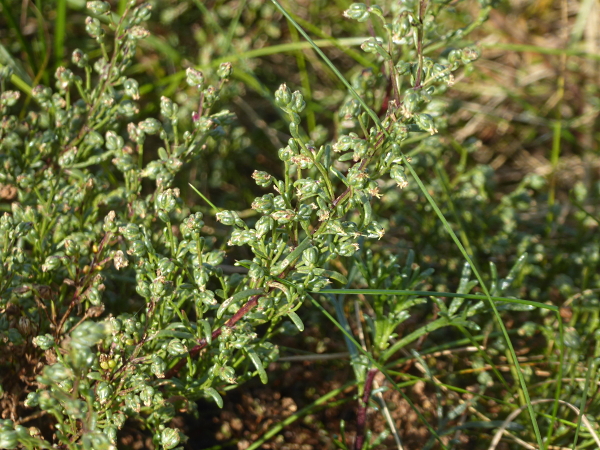
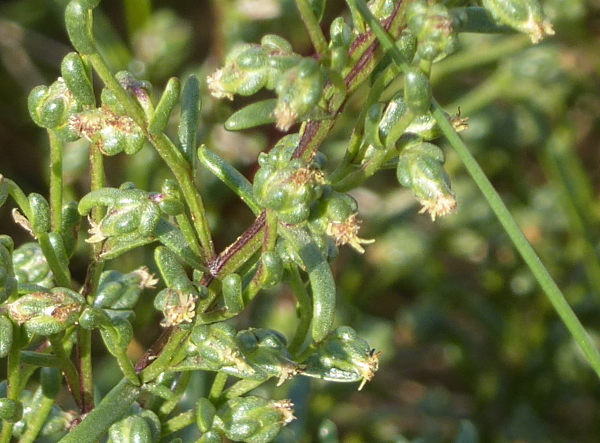
Near Crosby Baths there was quite a crowd coming onto the beach and settling in for picnics and sand castles with the kids. I picked my way through them carefully and headed home.
Last week I went to Southport Botanical Gardens in Churchtown, looking for five champion trees, but only found one of them so far, the Wild Service Tree Sorbus torminalis (another “lifer” for me). However, I did see this odd pair of droopy trees planted in their arboretum area. The one on the left is a Brewer’s Spruce Picea breweriana, while the one on the right is a Weeping Nootka Cypress Cupressus nootkatensis ‘Pendula’, often nicknamed the Afghan Hound tree, for obvious reasons. I think the gardeners who planted two different droopy species side by side thought it was a pun!
